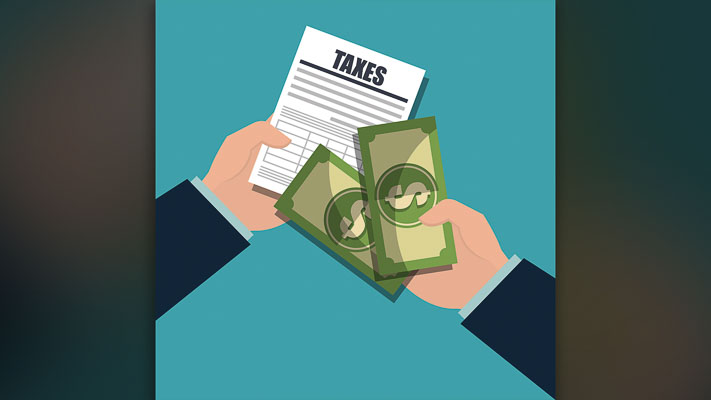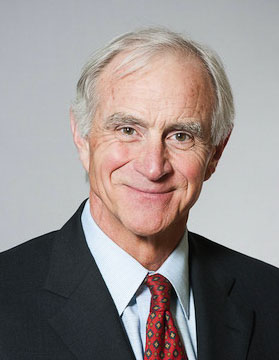
Roger Stark of the Washington Policy Center takes a look at the actual numbers in order to see who pays what in income taxes in the United States
Roger Stark
Washington Policy Center
The Biden Administration’s massive welfare give away, “Build Back Better,” is currently being negotiated in Congress. One of the original funding mechanisms was raising taxes on the rich to the point where they pay their “fair share.” In spite of the political left obsessing over the issue, no one has clearly defined exactly what the term means.

Let’s look at actual numbers and see who pays what in income taxes in the United States.
Those organizations that follow taxation in the U.S. use an array of reporting methods to correlate income groups and their various tax payments. The Tax Foundation looked at the top one percent of earners compared to the bottom 50 percent of earners. (here) In 2019, the top one percent earned 20 percent of all income in the U.S. and paid 37 percent of all forms of income tax. The bottom 50 percent earned 11 percent of income, yet paid only three percent of income taxes.
The Organization for Economic Cooperation and Development reported in a slightly different fashion. (here) The OECD found that the top 10 percent of earners in the U.S. were paid 33 percent of all income, but paid 45 percent of all income taxes, including Social Security and Medicare taxes. The bottom 90 percent of earners paid the remaining 55 percent of income taxes.
The political left also claims that not only do the rich not pay their fair share, but that the U.S. tax system is regressive. In reality, the data shows that the system is highly progressive, especially if entitlement and transfer payments are taken into account. Looking at taxpayers by quintiles, the bottom quintile pays 7 percent in taxes; the second pays 14 percent; the middle 23 percent; the fourth pays 28 percent; and the top quintile pays 35 percent. (here)
Transfer payments are virtually never taken into account by the political left. Yet, food, housing, and health insurance subsidies are a very significant part of income for the bottom quintiles of earners. The Tax Foundation does admit that Social Security and Medicare taxes specifically are regressive, but the TF found that this is more than offset by the progressive nature of other income taxes.
Biden’s $3.5 trillion entitlement proposal would move the U.S. much closer to the welfare countries of Europe. The OECD compared tax payments by countries in 2015. The results are revealing. The top 10 percent in the U.S. paid 45 percent of all income taxes; Germany’s top 10 percent paid 31 percent; France’s paid 28 percent; and Sweden’s top 10 percent of earners paid 27 percent of all income taxes. In other words, taxing the “rich” may be politically popular, but the reality is that eventually the middle income classes will see their taxes increase to finance the expanding welfare state.
It is true that European countries have national sales taxes, or Value Added Taxes. However, the left admits that sales taxes are highly regressive, even though they continue to advocate for some form of VAT in the U.S.
Just because politicians say something repeatedly, it certainly doesn’t make it true. The top earners in the United States are already paying their “fair share.”
Roger Stark is a senior fellow of the Center for Health Care at the Washington Policy Center.




